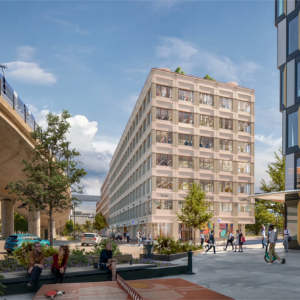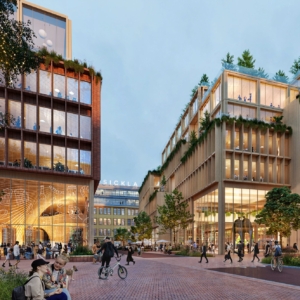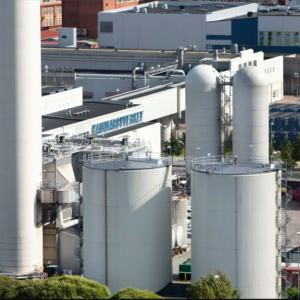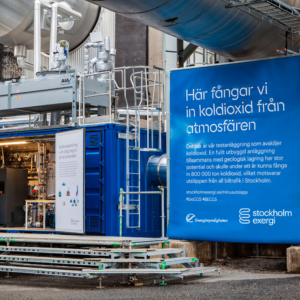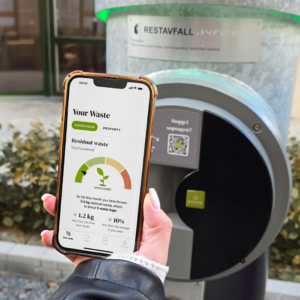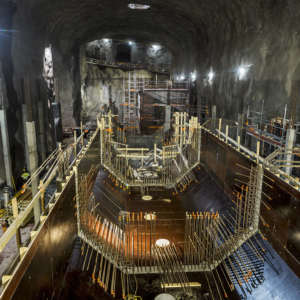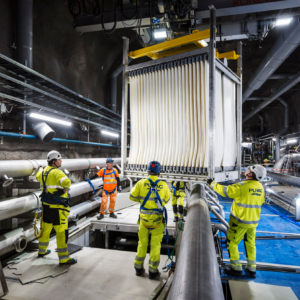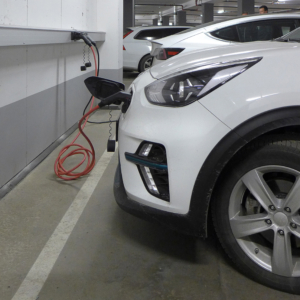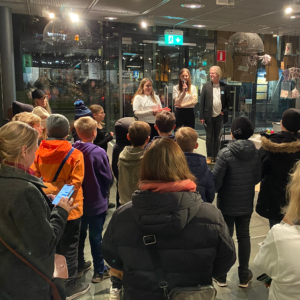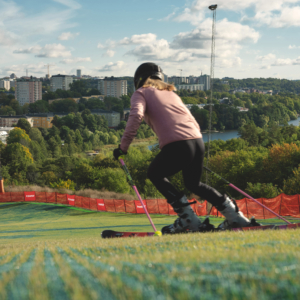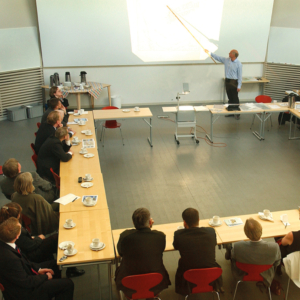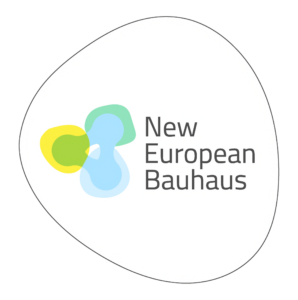Innovation to Empower Climate Transition
The City of Stockholm has approved a Climate Action Plan 2030 with strong commitments to show global leadership in the transition process. The Stockholm Green Innovation District (SGID) is confirmed as one of the city’s “transition arenas.”
As such, SGID is supporting the city by offering a broad range of testbeds and innovations that will empower and accelerate climate and digital transitions.
Here are ten examples of innovations that are implemented or tested in the Stockholm Green Innovation District. Our business partners are ready to inform and show how it works and what you can achieve.







